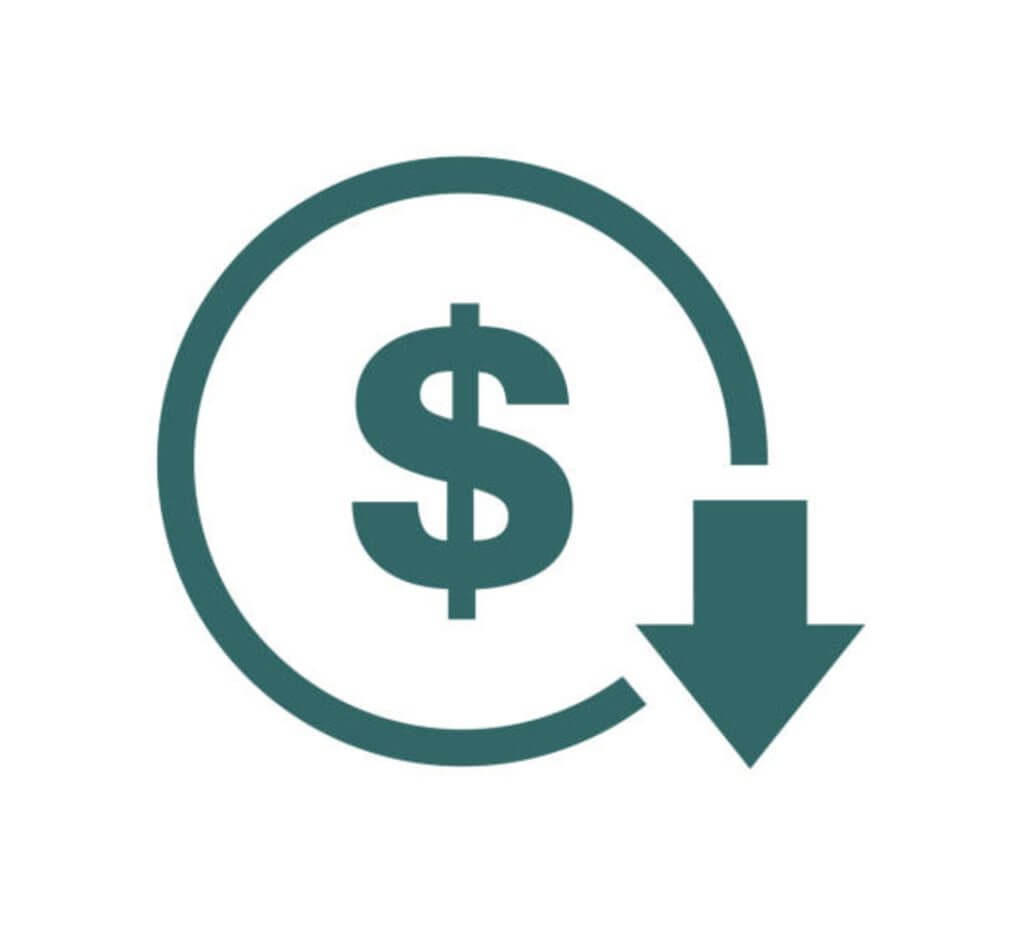
Understanding the psychology of pricing is essential for e-commerce businesses. By leveraging psychological principles, you can influence consumer behavior and increase sales.
Here are pricing strategies and the psychology behind them for e-commerce:
1. Charm Pricing:
Charm pricing involves setting prices just below a round number, such as $9.99 instead of $10. This is based on the psychological principle that consumers perceive prices ending in .99 as significantly lower.
2. Decoy Pricing:
Decoy pricing involves introducing a third pricing option to make a target option appear more attractive. For example, if you have two pricing options, adding a third, more expensive option can make the middle option seem like a better deal.
3. Anchoring:
Anchoring involves presenting a high-priced product first to set a reference point for subsequent products. Customers are more likely to perceive the following products as reasonably priced in comparison.
4. Bundling:
Bundle related products together and offer them at a discounted price. This takes advantage of the perceived value of getting more for your money.
5. Odd and Even Pricing:
Odd prices (e.g., $49.99) are associated with cost savings and affordability, while even prices (e.g., $50) are associated with quality and luxury. Use this knowledge to position your products accordingly.
6. Price Framing:
Present prices in a way that emphasizes the positive aspects. For example, instead of saying “Save $10,” say “Get a $10 discount.” This makes the price reduction feel like a gain.
7. Scarcity and Urgency:
Create a sense of urgency and scarcity by highlighting limited-time offers or low stock availability. This taps into the fear of missing out (FOMO) and drives quick purchasing decisions.
8. Price Comparison:
Show a comparison between your product’s price and the original or competitor’s price. This highlights the perceived value of your product.
9. Free Shipping:
Offer free shipping and build the shipping cost into the product price. Consumers often perceive free shipping as a significant discount.
10. Social Proof:
Display product ratings and reviews to show that others have already found value in your products. Positive social proof can justify higher prices.
11. Subscription Pricing:
Offer subscription-based pricing to lock in long-term customers. Subscribers often perceive the monthly fee as a small, manageable expense, even if the total cost is higher over time.
12. Payment Options:
Provide multiple payment options, such as installment plans or financing. This makes high-priced items more affordable and psychologically easier to justify.
13. Price Confidence:
Display trust signals, such as money-back guarantees or price-match policies. This reassures customers that they are making a safe and wise purchase.
14. A/B Testing:
Continuously test different pricing strategies and variations to see which ones resonate best with your target audience.

15. Transparent Pricing:
Be transparent about pricing and avoid hidden fees. Consumers appreciate straightforward pricing and may be more willing to make a purchase.
Understanding the psychology of pricing and applying these strategies can help e-commerce businesses not only attract customers but also increase conversion rates and revenue. Remember that consumer behavior can vary, so it’s essential to analyze your specific audience and adapt your pricing strategies accordingly.



